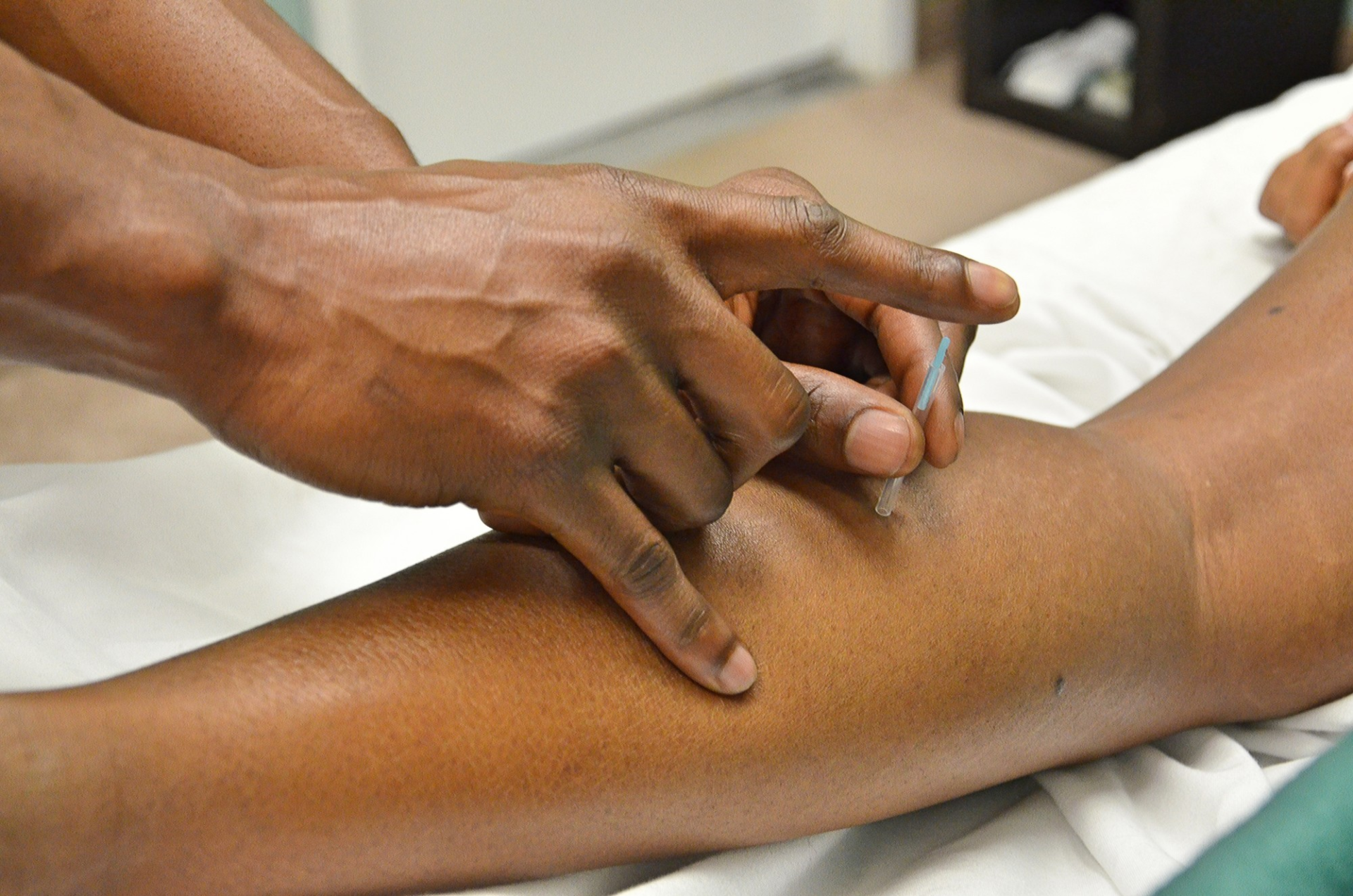Alternative therapies may not be regulated by the FDA or approved by medical boards, but they’re very mainstream. More than 30% of adults in the United States use at least one type of care not formally prescribed by their doctor.
What’s more, these alternative practices aren’t used in isolation. You don’t need to choose between conventional medicine and alternative medicine. Often, these therapies complement one another to improve your overall health outcomes.
Here are four alternative therapies even your doctor might recommend.
1. Acupuncture
Acupuncture is one of the best-known alternative therapies, despite it being one of the oldest. It is a form of traditional Chinese medicine typically used to treat pain, but you can also use it to help manage stress and anxiety. What’s more, studies continually find that for many people, acupuncture works.
However, don’t turn to just anyone. For the full benefits, make sure you choose a practitioner who is not only experienced but also licensed (if required in your state).
2. Hypnotherapy
Many people confuse hypnosis with therapy by thinking the trance itself is the therapy. But hypnotherapy is a form of treatment that occurs once you’re in a state of hypnosis.
Hypnosis leaves you feeling more relaxed and concentrated on the work at hand, which makes you more receptive to relieving emotional burdens and resolving issues. In other words, it’s a safe state for you to work on healing yourself.
If you can, work with a clinical hypnotherapist. At the very least, choose someone who is a member of the American Society of Clinical Hypnosis (ASCH) or the Society for Clinical and Experimental Hypnosis.
3. Enemas
Enemas are a way to cleanse your colon and encourage toxins to leave your body. They may sound ‘new age,’ but the practice itself dates back thousands of years. When you perform an enema, you send up to 60 liters of water up through your anus and into your intestines to clean them and relieve issues like constipation.
Everything you need to give yourself a cleansing enema at home is available in a pharmacy or online. Make sure you follow a clear instructional guide for your enema device to avoid any side effects.
4. Chiropractic and Osteopathic Medicine
Chiropractic and osteopathic medicine are best known for helping patients manage pain through joint manipulations, but they can do so much more than that. By keeping your joints mobile and muscles supple, you’ll find it easier to stay active for longer.
When you can move pain-free, it’s easier to manage your blood pressure, keep your heart healthy, and live a longer life.
Would You Try These Alternative Therapies?
In today’s world, alternative therapies may not occur in your doctor’s office, but they’re often used to complement mainstream Western healthcare. Although they’re increasingly studied and regulated, it’s still a good idea to check with your doctor before using one of these therapies to complement another treatment plan.
Did you learn something new today? Find more great content in our Lifestyle archive.




